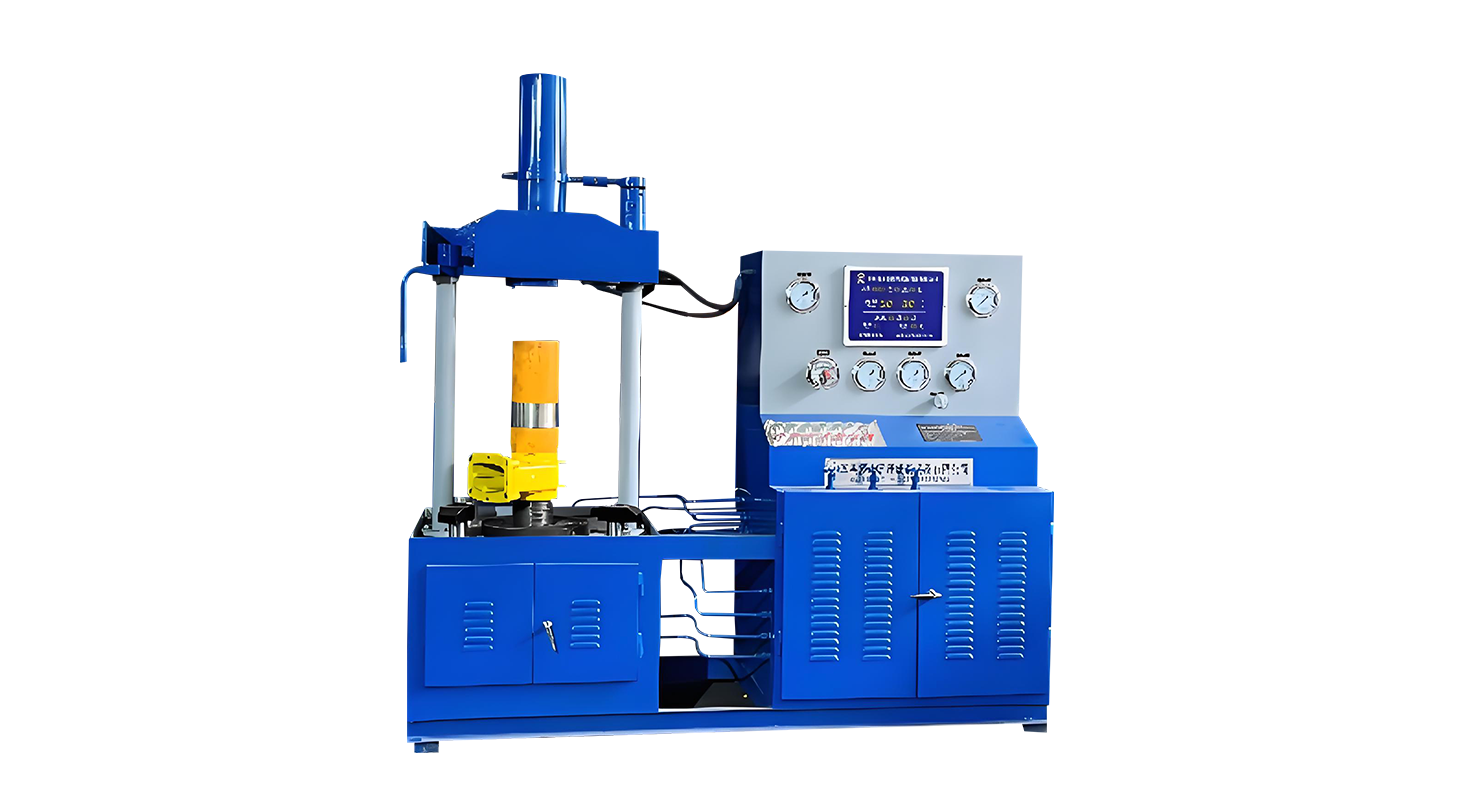Jun 25, 2025
Valve test benches are critical tools used to ensure the reliability and safety of various types of valves, including safety valves and relief valves. These benches allow operators to simulate real operating conditions and verify that valves perform correctly under pressure, flow, and temperature conditions. Because valve testing often involves high pressures and potentially hazardous materials, incorporating essential safety features into valve test benches is a necessity to protect personnel, equipment, and the environment.
One of the primary considerations in valve testing is the use of safety valve testing equipment designed specifically to handle the risks associated with testing pressure relief devices. Safety valves and relief valves are vital components in many industrial systems, serving as fail-safes to release excess pressure and prevent equipment damage or catastrophic failures. Testing these valves requires precise equipment capable of applying accurate pressure while maintaining strict safety controls.

Key Safety Features in Valve Test Benches
Pressure Control and Monitoring
A fundamental safety feature in any valve test bench is accurate pressure control and real-time monitoring. Test benches must have pressure regulators, gauges, and sensors that provide clear and reliable data on the pressure applied to the valve during testing. These components ensure that pressure does not exceed preset limits, which could otherwise cause equipment damage or pose a risk to operators.
Many valve test benches integrate automatic pressure relief valves that activate if the system pressure approaches dangerous levels. This automatic intervention helps prevent accidents caused by over-pressurization, especially during the testing of relief valve testing where the valve itself is designed to open under specific pressure conditions.
Emergency Shutoff Systems
Another critical safety feature is an emergency shutoff mechanism. In the event of an unexpected system malfunction or hazardous condition, the ability to quickly stop the test and depressurize the system protects both the personnel and the test bench. Emergency stop buttons, accessible from multiple points around the bench, allow operators to rapidly cease operations when needed.
In addition, some advanced valve test benches include remote shutdown capabilities, enabling operators to control the test bench from a safe distance. This feature is particularly useful when testing valves with large or sudden releases of pressure or fluids.
Protective Enclosures and Shields
Physical safety barriers such as enclosures and shields are essential to protect operators from flying debris or fluid bursts during valve testing. Since safety valve testing equipment often involves releasing pressure abruptly, it is important that the test bench includes transparent, impact-resistant shields or doors to contain any potential hazards.
These protective elements allow operators to observe the valve’s behavior safely while having less exposure to risks. Enclosures may also reduce noise levels and contain any spills or leaks, maintaining a safer work environment.
Leak Detection and Containment
Leakage during valve testing can pose serious safety and environmental concerns, especially when testing valves that handle hazardous fluids or gases. Modern valve test benches often include integrated leak detection sensors that alert operators immediately if a leak is detected.
Additionally, containment features such as drip trays or sealed chambers are incorporated to capture any leaked substances, preventing contamination of the testing area. This is particularly important in relief valve testing, where the valve releases excess pressure fluid or gas, sometimes in large volumes.
Operator Training and Clear Protocols
Beyond physical safety features, a well-designed valve test bench must be accompanied by clear operational protocols and proper operator training. Understanding the specific procedures for testing different valve types, recognizing signs of valve failure, and responding to emergencies are critical to maintaining a safe testing environment.
Operators should be familiar with the use of safety valve testing equipment, controls, pressure limits, and emergency procedures. Comprehensive training less human errors, which are often the root cause of accidents in valve testing operations.
Regular Maintenance and Calibration
Safety also depends on the ongoing maintenance and calibration of the valve test bench and its components. Pressure sensors, relief valves, shutoff systems, and leak detectors must be regularly inspected and calibrated to ensure they function correctly.
A malfunctioning pressure gauge or a faulty emergency shutoff could advance to dangerous situations during valve testing. Scheduled maintenance ensures that all safety features operate as intended and that the test bench remains reliable over time.
In the context of valve testing, incorporating essential safety features into valve test benches is crucial for protecting personnel and ensuring accurate test results. Features such as precise pressure control, emergency shutoff systems, protective enclosures, leak detection, and thorough operator training create a safer environment for conducting tests on valves like safety valves and relief valves.
By prioritizing these safety elements, organizations can conduct relief valve testing and other valve assessments with confidence, ensuring their valves perform reliably in the field without compromising safety during the testing process.